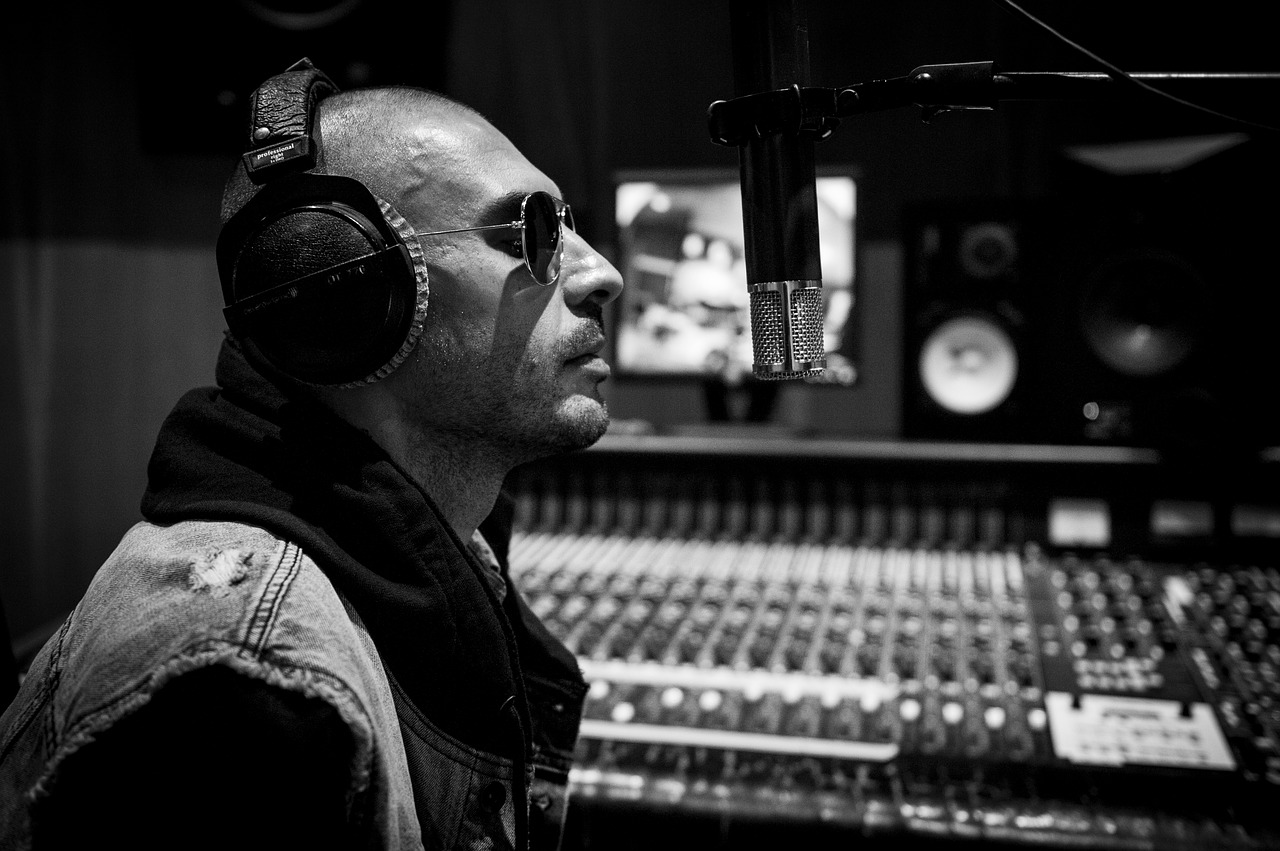
The 7 Best Microphones For Classical Guitar
March 31, 2022
How to Install JJOS / How to Transform your MPC with JJOS
April 6, 2022
There are two main types of cardioid microphones- cardioid vs supercardioid. While both have their own unique benefits, there are also some key differences between them.
Cardioid Microphones

Cardioid microphones are designed to pick up sound from the front and reject sound from the rear, making them perfect for picking up vocals or speech.
However, cardioid microphones can be more sensitive to feedback than supercardioid microphones, so keep that in mind when making your choice. Ultimately, the type of cardioid microphone you choose depends on your specific needs.
You may also like,
Is a cardioid mic better?
That depends on what you need it for. If you’re looking for a mic that will focus on a specific sound source in a noisy environment, then a supercardioid mic is the way to go.
However, cardioid mics are more sensitive to feedback than supercardioid mics, so keep that in mind when making your choice. Ultimately, it comes down to what you need the mic for and how much noise you’re dealing with.
When would you use a cardioid microphone?

There are a few occasions when you might want to use a cardioid microphone. If you’re looking for a mic that will capture vocals or speech clearly, then a cardioid mic is the way to go. They’re also great for recording instruments, since they can capture the sound accurately while rejecting feedback from other instruments.
What is a supercardioid microphone?

A supercardioid microphone is a type of cardioid microphone that is even more A supercardioid microphone is a type of unidirectional microphone that has a more focused pickup pattern than a cardioid microphone.
This makes it ideal for applications in which sound from one specific direction is desired, such as live sound reinforcement and sound recording.
What is supercardioid polar pattern?

A supercardioid microphone has a polar pattern that is even more directional than a regular cardioid microphone. This means that it rejects sound from the sides more effectively than a regular cardioid microphone, making it perfect for use in noisy environments. Supercardioid microphones are also less sensitive to feedback than cardioid microphones, making them a better choice for live performances.
What are the benefits of using a supercardioid microphone?
Some of the benefits of using a supercardioid microphone include superior noise rejection, less sensitivity to feedback, and a more focused pickup pattern. This makes them perfect for use in noisy environments, where you need to focus on a specific sound or conversation, or when you need to reduce the amount of feedback.
Supercardioid microphones are also great for live performances, as they can help to isolate the sound of the performer from the surrounding noise.
Hypercardiod

A hypercardioid microphone is a type of supercardioid microphone. It has a tighter pickup pattern than a supercardioid, making it less likely to pick up sound from the sides and rear.
This makes it ideal for use in situations where unwanted noise is a problem, such as in live sound reinforcement or recording. Hypercardioid microphones are also less prone to feedback than other types of directional microphones.
Cardioid vs Supercardioid

Here’s a breakdown of the pros and cons of cardioid and supercardioid microphones:
- Cardioid microphones are ideal for picking up vocals or speech, thanks to their ability to reject sound from the rear. They are also more sensitive to feedback than supercardioid microphones.
- Supercardioid microphones are perfect for use in noisy environments, thanks to their ability to focus on a specific sound source and reject sound from the sides. However, they may be less sensitive to feedback than cardioid microphones.
Conclusion
Cardioid vs Supercardioid. So which is the right microphone for you? It depends on your specific needs and preferences. But overall, cardioid microphones are a great choice for general use, while supercardioid microphones are perfect for more specialized applications.
If you’re still unsure as to what type of mic will meet your needs best or if it’s not clear whether you need a cardioid or supercardioid mic. Check out the video above, Thanks for reading!




